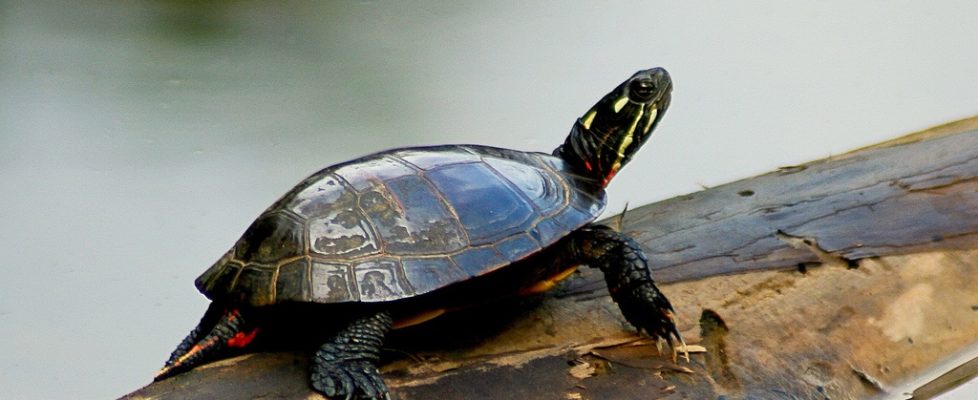Where Did You Go?
It was a cool but sunny day in mid-November. I was walking in Croton Point Park, taking in all the signs of winter coming: the fallen leaves, the silvery look the river gets at that time of year, the woods’ silence after migrating birds have already departed for warmer climes.
Then I noticed that some of the birds that do stick around all winter—chickadees and titmice—were kicking up a fuss in a nearby tree. The little birds were scolding something…but I could tell it wasn’t a hawk or owl. Instead of looking up into the branches, they were perched at eye level and staring down at the ground.
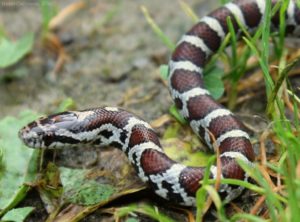
Following the direction of their angry gazes, I scanned around the base of the tree. It took me a minute or two to spot what was upsetting them, and when I finally did I was surprised: It was a beautiful young Milk Snake, a cold-blooded creature I’d assumed would have already been safely tucked away for the winter in some cave or woodpile. But here it lay, basking in the sun, seeming in no hurry to go anywhere.
As so often happens when something in nature surprises me, I went off to do some research. If snakes were still out in November, I thought, I clearly had something to learn about hibernation.
Turns out I had plenty to learn. I wasn’t even aware that only warm-blooded animals hibernate. Milk Snakes—and all other cold-blooded creatures—do something different: They brumate.
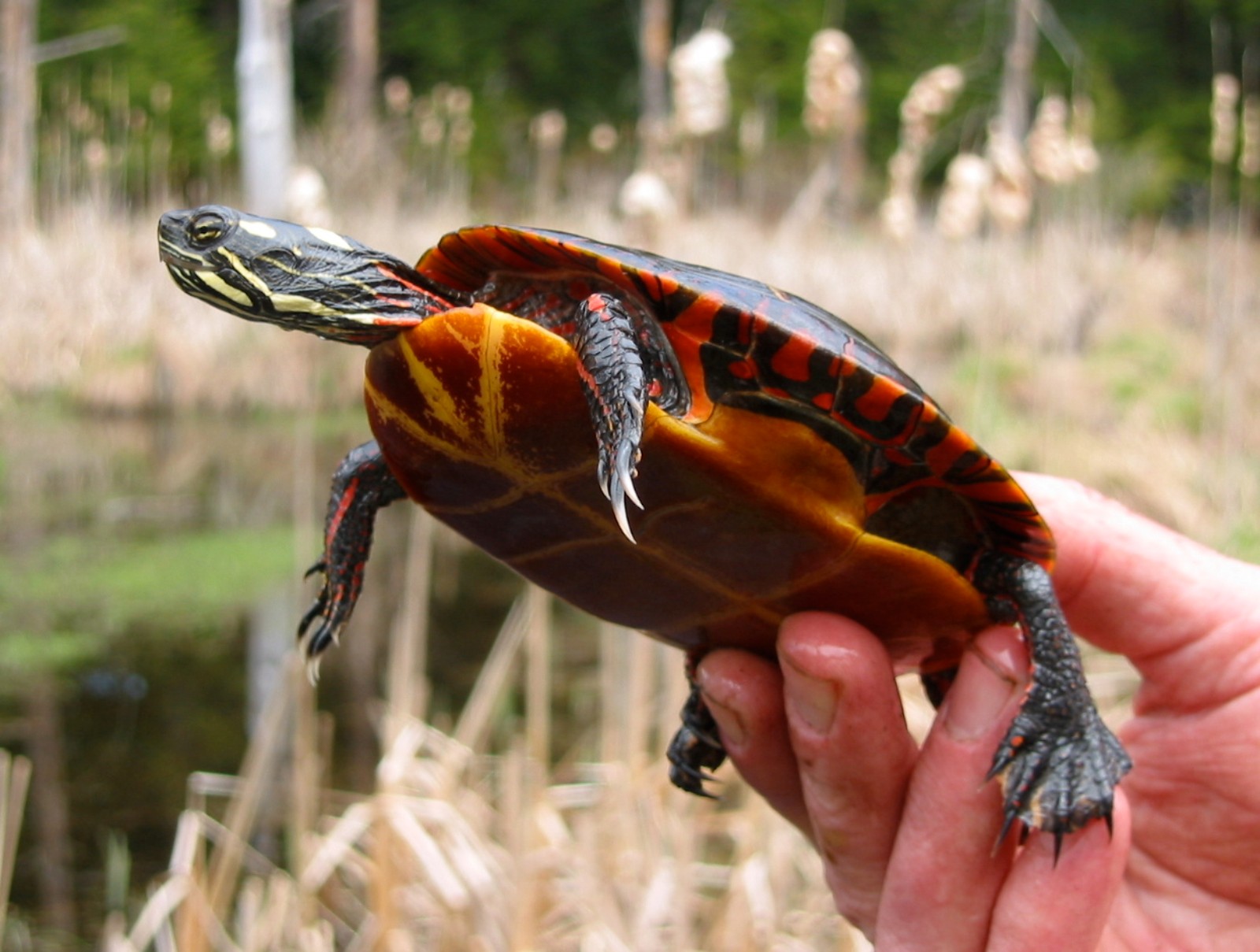
What’s the difference? At first glance, the two methods of surviving northern winters seem quite similar. In both cases, the animals’ breath, heartbeat, and metabolic systems slow down to just a fraction of their summertime rates. (Eastern Painted Turtles, for example, can reduce their metabolism by 99%, while their heart may beat just 8 times an hour.)
Mammals that hibernate, like Groundhogs, try to gain as much weight as possible before they settle down to sleep all winter. (Anyone who’s seen a nearly circular Groundhog in September already knows this.) Once they’re safely ensconced in their winter den, they slowly burn off their fat reserves, surviving till they emerge in spring and resume eating.
But cold-blooded creatures cannot gain massive amounts of weight as easily as warm-blooded ones, so they don’t have the option of sleeping through the winter. Instead, when a thaw comes, brumating animals wake up to eat, drink, and warm themselves in the sun. Then, when the cold descends again, they go back to their den and to sleep.
The need to be up and about, especially in a season with little undergrowth to hide in, leaves cold-blooded creatures like the Milk Snake more vulnerable than mammals to predators, extended cold snaps, and other threats. On the other hand, brumation does come with advantages, including at least one that seems hard to believe.
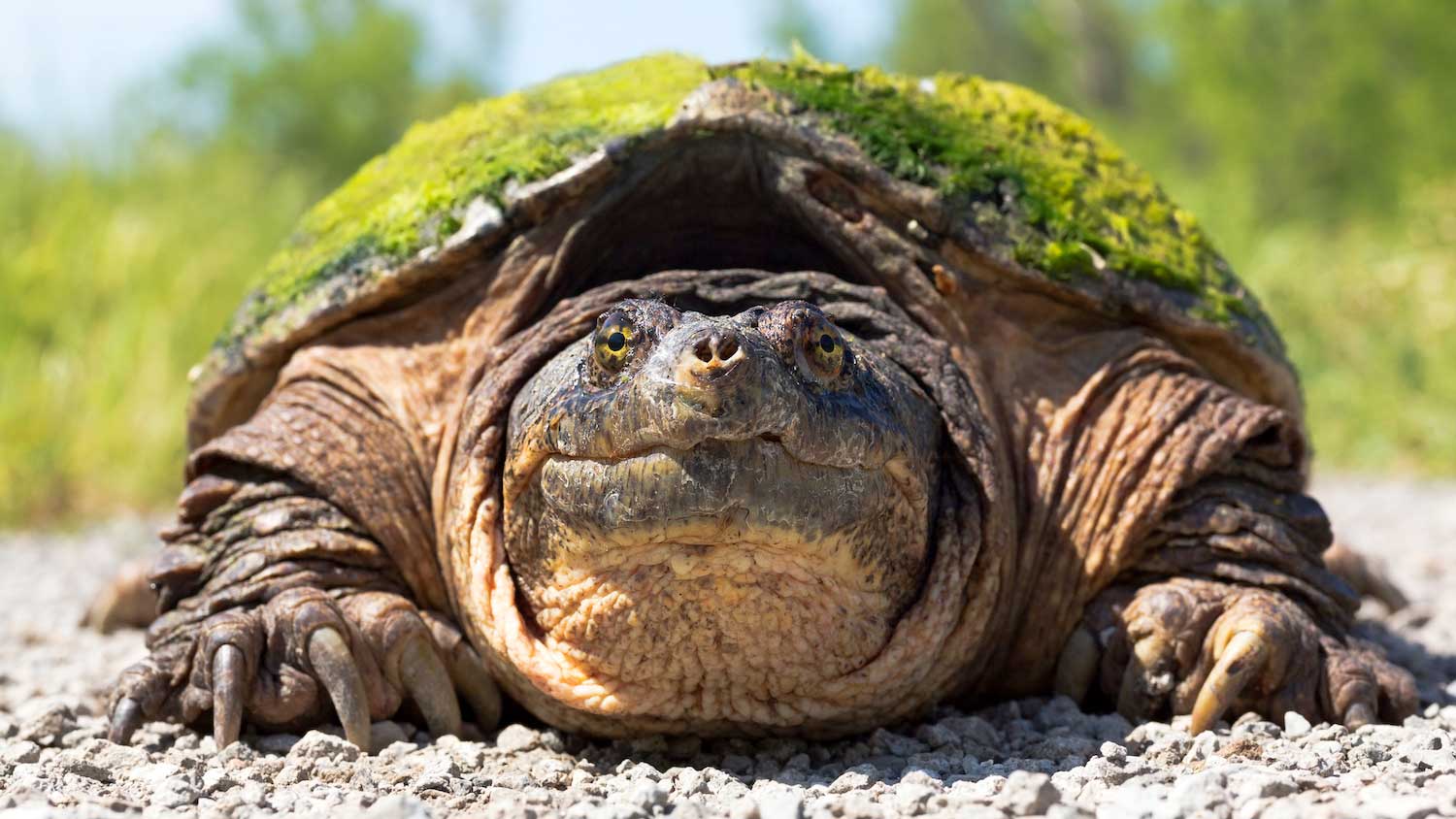
Take familiar reptiles like snapping and painted turtles. As winter approaches and ponds start to ice over, they’ll dive to the bottom and bury themselves in the mud, which remains unfrozen. There they go into a state of torpor—and stop breathing.
It’s true. Common Snapping Turtles, for example, can go for more than three months under water without taking a single breath. How on earth do they accomplish this feat? Part of reason is that being cold-blooded, their organs and other vital processes don’t require a steady stream of energy—and therefore large quantities of oxygen—to keep warm.
But they do require some fresh air from time to time. They obtain it via areas of their body where masses of veins lie close to the skin surface. These surfaces include the cloaca, the opening at the turtle’s rear where eggs are laid and waste expelled, and where special structures absorb the oxygen and transfer it to the animal’s bloodstream. (This technique, which allows the turtles to survive at the bottom of a pond, is called “cloacal respiration” or, more colorfully, “butt breathing.”)
When they become aware of a midwinter thaw, turtles wake up enough to rise to the surface, inhale some much-needed air the traditional way, and even find a rock or log and bask for a while in the sun. In this way, they and other brumating animals make it through the winter
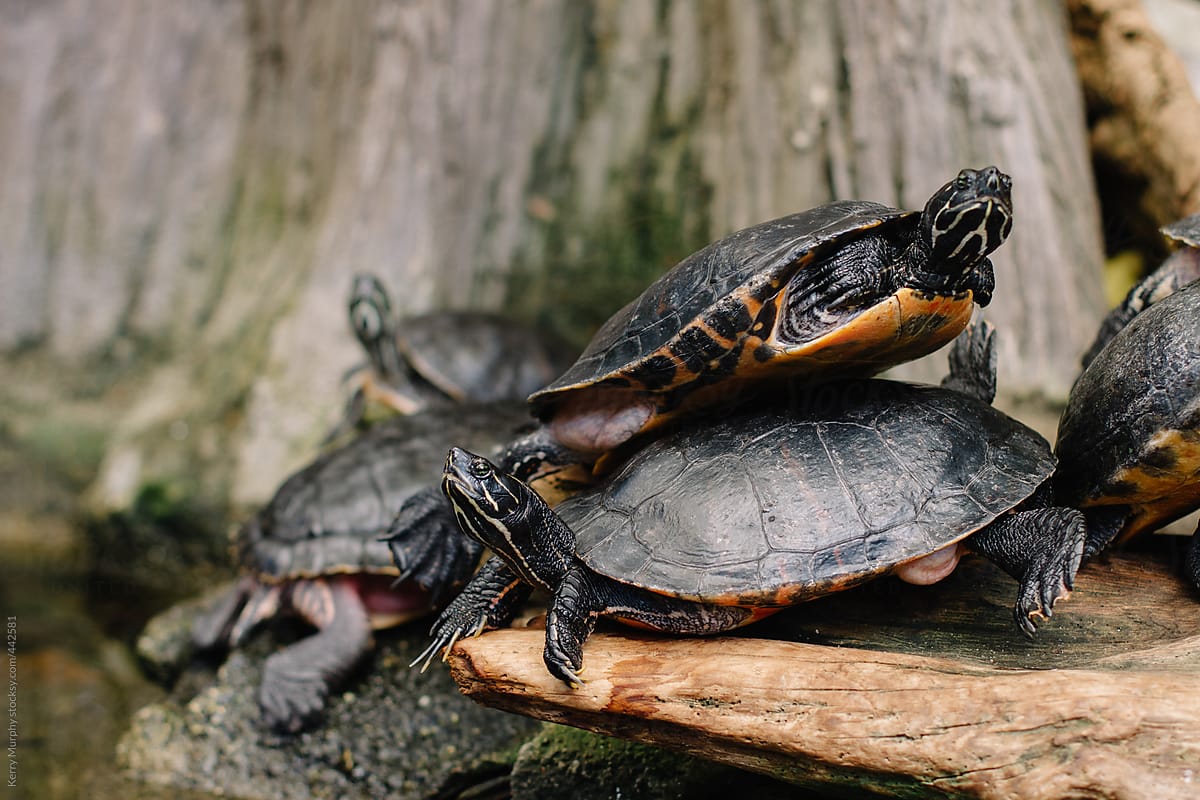
I walked in Croton Point Park earlier today, as I do most days, but saw no snakes or turtles. Since the temperature reached fifty degrees, though, I have no doubt that somewhere nearby, snakes, turtles, frogs, and other cold-blooded creatures were already enjoying the warm sunshine just as much as I was. I can’t wait to encounter them along the trails again soon.
Copyright © 2023 by Joseph Wallace
